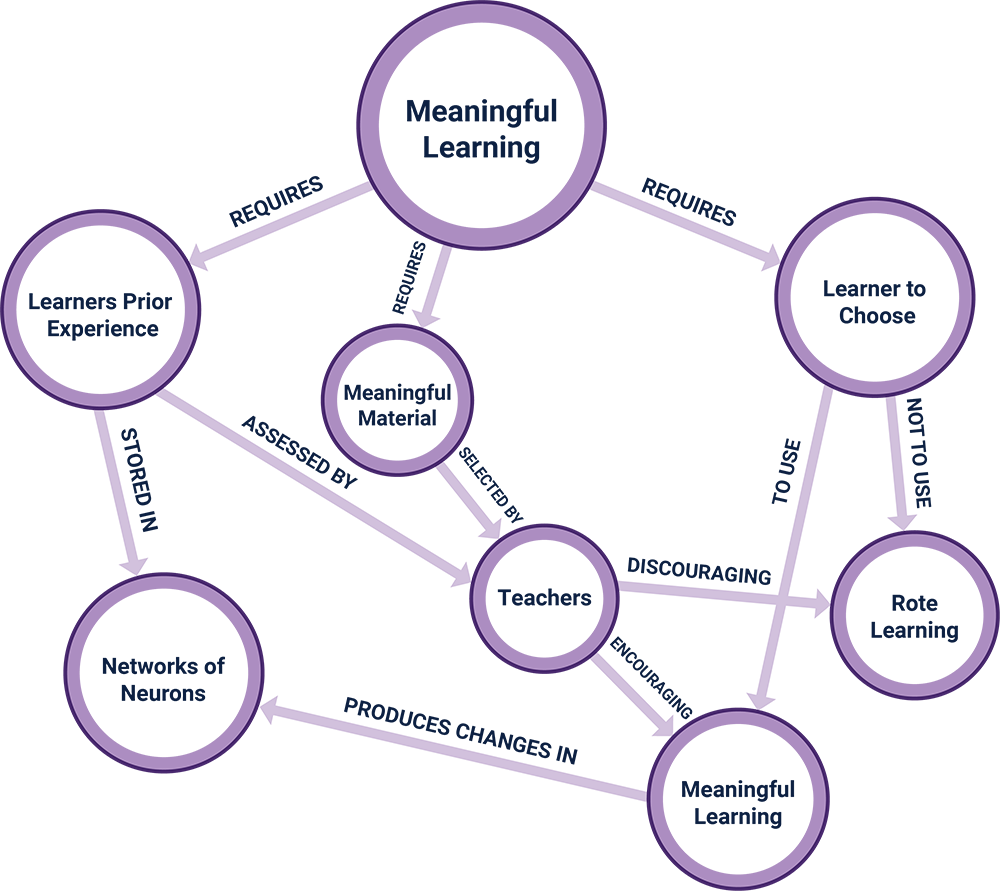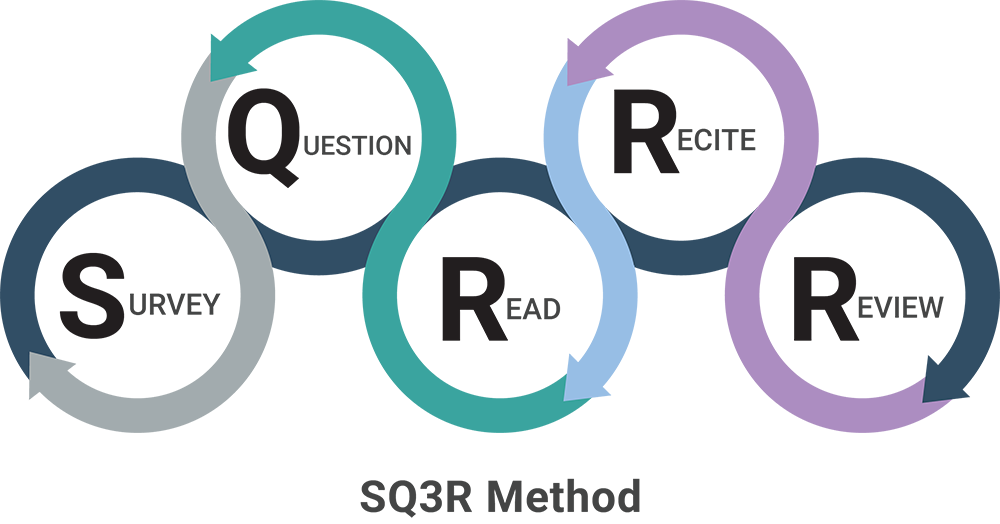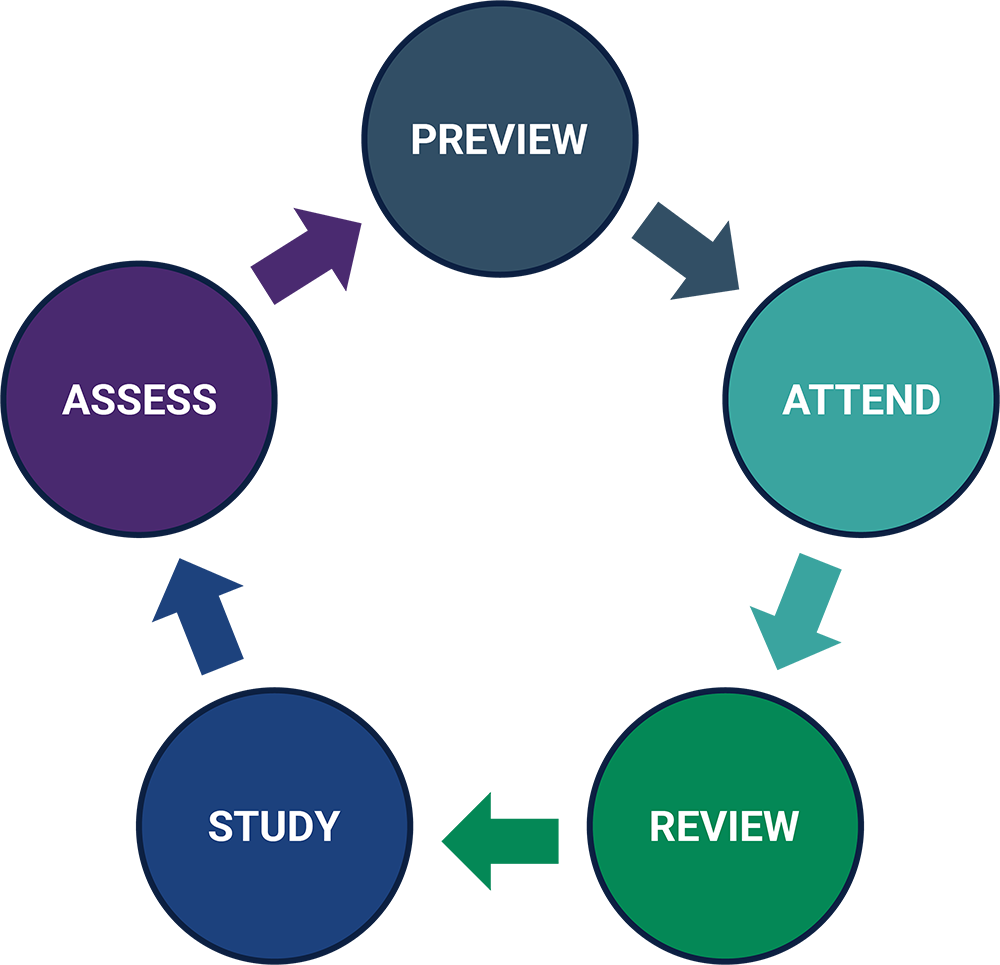With metacognition, students meet learning goals, improve grades, and retain knowledge longer because they have learned more deeply. Continue reading for strategies that will help you increase your metacognition.
How can I increase my learning and improve my grades?
Learn about metacognition, a little known word that is key to increasing learning and improving grades. Metacognition is knowledge about what makes thinking purposeful and productive. Students with metacognition:
- Possess awareness of their thoughts
- Recognize themselves as problem-solvers
- Choose appropriate strategies for thinking and problem-solving
- Match appropriate study strategies for particular types of assessments and assignments
- Monitor their progress as they are learning
- Accurately evaluate the depth of their understanding
- Readjust strategies when current strategies don’t work
- Reflect on the overall effectiveness of their learning
Some questions and thoughts that involve metacognitive thinking are:
- I am figuring out…
- What are the steps I need to follow here?
- What do I already know about this topic?
- This reminds me of…
- Where did I get stuck?
- I am wondering…
- What is the assignment asking me to do?
These questions/phrases can be helpful in identifying what methods of learning work (and don’t work) for you.

Draw concept maps (example below) showing connections between ideas in order to deepen comprehension.
- Resource: Using Concept Maps
- Tools: Conceptboard, Google Jamboard, or even sticky notes on paper

Make flashcards to aid in repetition and quizzing of things to be memorized.
- Tools: Quizlet for building flash cards online
Make comparison analysis tables (example below) that compare two or more ideas based on key elements of interest in order to foster deeper understanding.
| Aspect of Comparison |
|||
| Strategy: Goal-first | Strategy: Process-first | Strategy: Concept-first | |
| Primary view on capabilities | A capability fulfills key organizational goals | A capability is operationalized as a set of processes | A capability encompasses the management of key concepts |
| Preconditions with respect to models | Ideally, top-level organizational goals should be defined | Pre-existing business process specifications or process-oriented culture | Pre-defined management structures, product structures, or other conceptual models |
| Stakeholders required | Different levels of management personnel | Domain experts, product owners, strategic management | Product managers/owners |
| Effects of the succeeding steps | Provides a comprehensive base for capability monitoring by the use of KPIs | Provides a detailed specification for context-aware variability management | Provides a base for having the concept of capabilities as the main subject for organizational analysis and change |
Make use of instructor and assistant office hours or tutoring sessions to ask questions and clear up misunderstandings.
- Office Hours Guidance for Students
- Guide for Interacting with Faculty by Dr. Shomir Wilson, assistant professor in the College of IST
Give mini-lectures on concepts by explaining concepts to others (e.g., roommates) in order to evaluate whether understanding is fluent.
Choose a reading system (e.g., SQ3R, P2R, or S-RUN systems). Example in graphic below:

Ask why, how, and what-if questions while reading. Example questions listed below:
- Which parts of this are new to me, and which parts do I recognize?
- How does this connect with what I already know? How and where does it "fit?"
- What stands out to me?
- Is this subjective or objective?
- If subjective, is my judgment necessary for understanding?
- What does this remind me of?
- Is this idea important to me? To others? Why or why not?
- What could I do or make with this?
- How might others use information like this in the "real world?"
- What real-world models/examples relate to this that can help me understand this further?
- What follow-up questions does this suggest I ask?
- What person, group, or community does this suggest that I connect with?
- Is there a "part" of this new idea that I can take and "pivot?" Can I create something new and fresh?
- What is most interesting to me as a thinker?
- Where can this learning take me?
- Work through the reading’s suggested problems and examples; don’t just skim or, worse yet, skip.
- Always attempt to solve problems first, without looking at the solution.
Make a plan for the type of strategies to employ for each type of quiz, paper, exam, lab, or other assignment in the course (see example in table below).
| Use a reading system | Work through chapter problems and questions | Explain course material to a friend | Draw concept maps of course material | Go instructor's office hours | Use online flashcard tool | Make analysis table | |
| Vocab quiz | X | X | |||||
| Analysis paper | X | X | |||||
| Mid-term exam | X | X | X | X | |||
| Group project | X | X | X | ||||
| Final exam | X | X | X | X | X | X |
Follow a study cycle plan to structure study time throughout the week (see example graphic below).

Step 1 – Preview
Preview your text and other study materials before class to develop a better idea of what you’ll be covering. Skim through the chapter, notating all headings, subheadings, bold words, graphs, pictures and summaries. Develop questions you’d like the lecture to answer for you.
Step 2 – Attend
Missing even a few classes can be detrimental to your studies and the learning process. Answer and ask questions and take meaningful notes during class. Combined with previewing, attending class will allow you to get more from lectures and take better, more concise notes.
Step 3 – Review
Preferably right after class, but at least sometime during the day, take about 10 minutes to review your class notes. Fill in gaps, and note any questions that you may have. This process reinforces new concepts and increases confidence.
Step 4 – Study
To reinforce the new material you learned during class, and to make sure you thoroughly understand the subject matter being taught, read notes and material from the week to make connections. As you study, ask yourself ‘how,’ ‘why,’ and ‘what if’ questions. Don’t forget, repetition is the key.
Step 5 – Assess
Reflect on and evaluate your mastery and understanding of the material you learned and studied. Ask yourself:
- “Is the information I’m studying making sense?”
- “Am I confident with the new material?”
- “Do I understand the material well enough that I can teach it to someone else?”
Adapted from The Study Cycle. LSU and Frank Christ.
